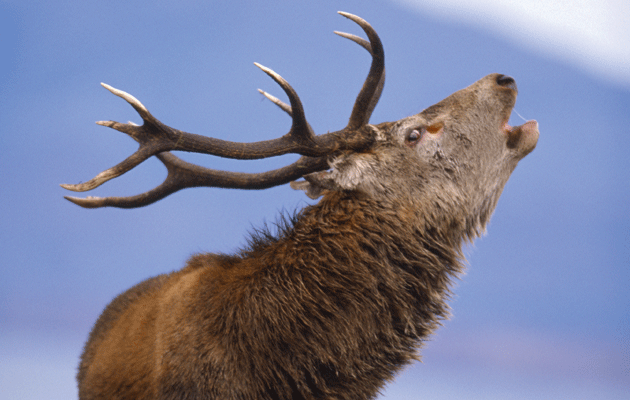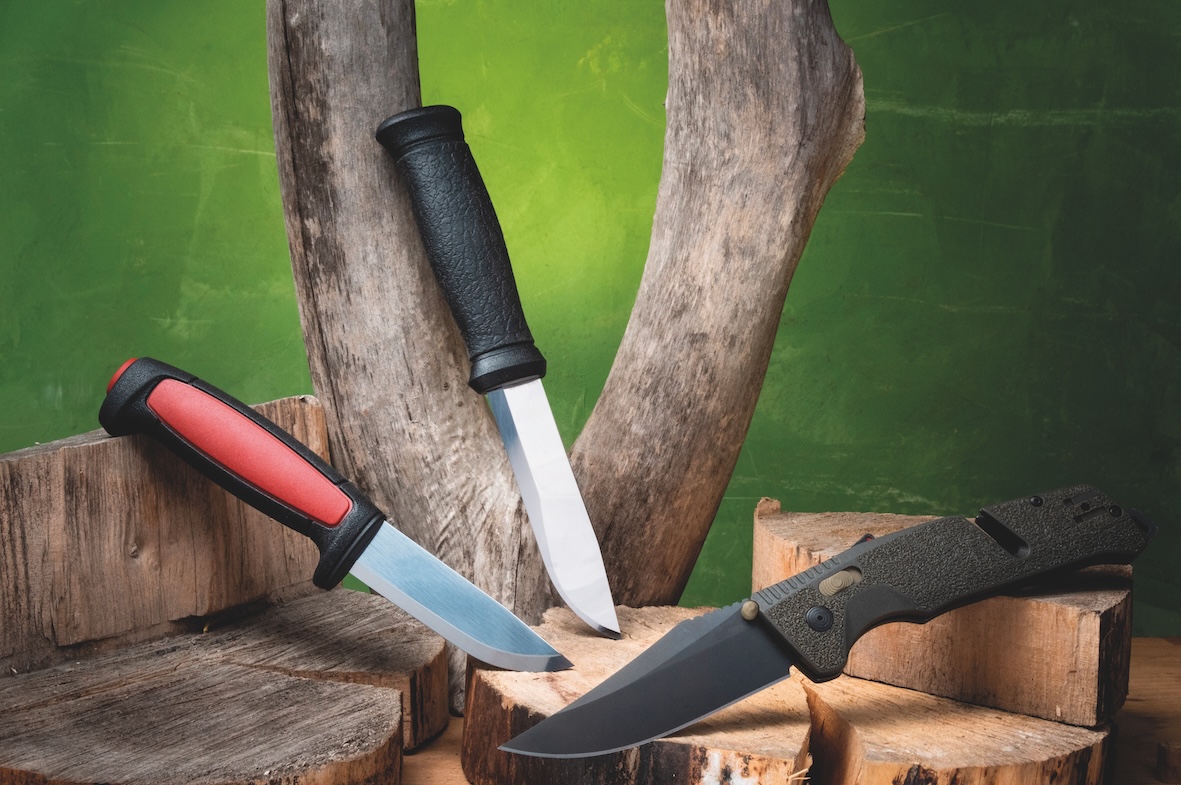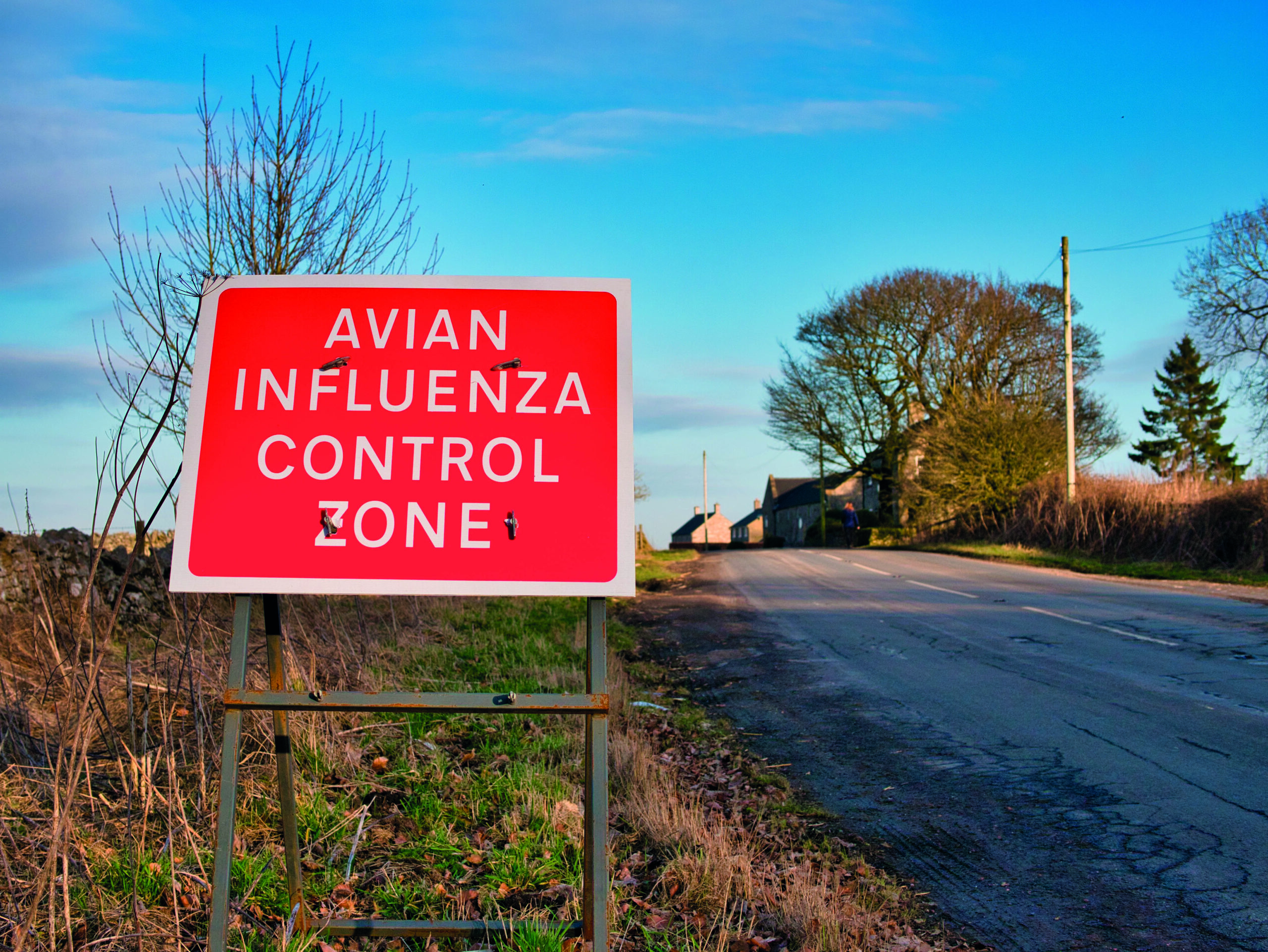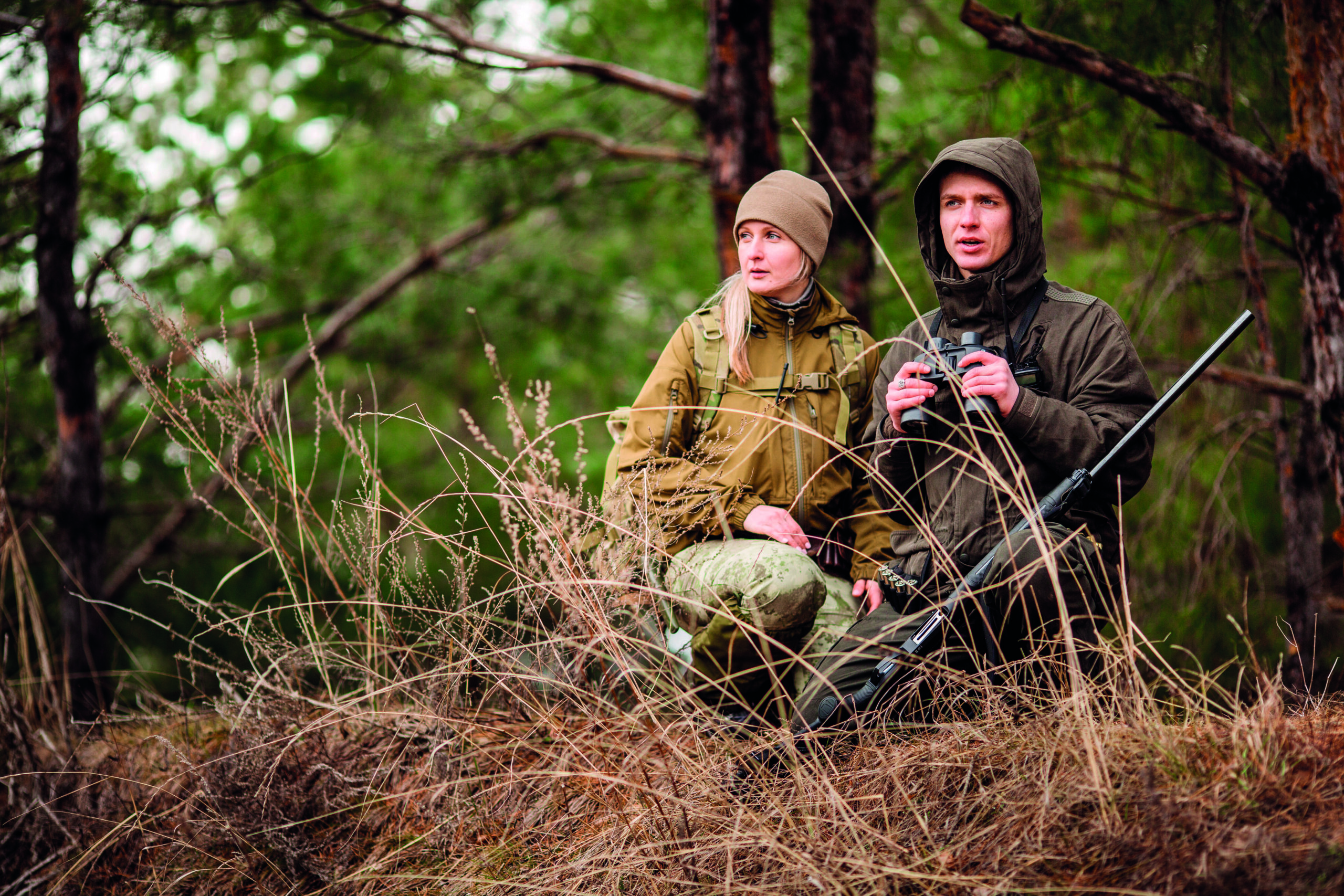RSPB deer cull under fire from animal rights campaigners
Activists stage dawn protest at Lancashire reserve to stop an RSPB deer cull to save bitterns

Animal rights activists have tried to stop an RSPB deer cull deer at the charity’s Leighton Moss nature reserve in Lancashire. Campaigners objected to plans to cull eight to 10 red deer before the end of March to protect reeds that provide vital habitat for birds including marsh harriers and bitterns. The RSPB aims to reduce deer numbers to a level that won’t harm the birds by 2016 and estimates the cost of its culling work between 2014 and 2016 will be around £20,000.
Leighton Moss is situated in the Arnside and Silverdale Area of Outstanding Natural Beauty (AONB), and is designated as a Site of Special Scientific Interest (SSSI). The current deer population is estimated at around 70, but has historically been lower – between 40 and 50.
Campaigners staged a protest at the reserve early on 28 January. Local newspaper The Westmoreland Gazette reported that the activists tried to put themselves in the line of fire between the deer and the stalkers contracted to carry out the cull, but were stopped by some of the reserve’s staff.
Campaigner Marianne Birkby said: “We believe that there is no necessity at all for a cull – if 10 are culled a year, then 10 more will move in to replace them, especially as their habitat is shrinking elsewhere in the AONB with aggressive management and removal of scrub and woodland.
“The only guarantee is that it would alienate and upset many RSPB supporters. If deer numbers do need to be managed there must be another way of doing it.”
The RSPB’s policy towards the deer at the reserve has also been criticised by the Respect for Wildlife campaign, whose founder, Katherine Green, said culling wasn’t “an ethical solution” and suggested that oral contraception should be used instead. She commented: “In their promotional material Leighton Moss ask people to come and see red deer, but they can’t have it both ways – they want to use them as a tourist attraction but we don’t believe the general public would agree with the cull. They say they’re not hiding it but they’re certainly not publicising it, and when we have informed people they have been furious.”
Reserve manager Robin Horner defended the cull, saying: “Deer management is normal practice in the area – historically we haven’t been involved in that, so the deer are concentrating in this area and using it as a safe refuge.
“We have been assessing the numbers and damage for several years, and in order to get the deer population down to its historical level, which is about 40-50 in this area, we will need to cull between eight and 10.”
Mr Horner said that deer moving across the reserve “changes the habitat from reed beds into grassland, and grassland doesn’t support birds like bitterns, bearded tits and marsh harriers.”
“If we don’t do anything the reed bed will disappear and as a SSSI we have a legal responsibility to manage it.”
A spokesman for Natural England, which published a Site Improvement Plan for Leighton Moss last year, said: “The impact of deer on important habitats and species within the Arnside and Silverdale AONB has been increasing in recent years. Deer management at Leighton Moss is part of a co-ordinated approach between organisations including the RSPB, The Deer Initiative, Forestry Commission and the AONB to maintain deer populations at a sustainable level in South Cumbria and North Lancashire.”
In a statement, the RSPB said it had considered all non-lethal alternatives and the decision to carry out the cull had not been taken lightly. However, it’s not the first time that it has come under fire from those who believe culling is inappropriate. Last year, the charity faced criticism from some of its own members after details of a much larger cull at Minsmere in Suffolk, during which the reserve’s population of red deer was reduced by 250.








